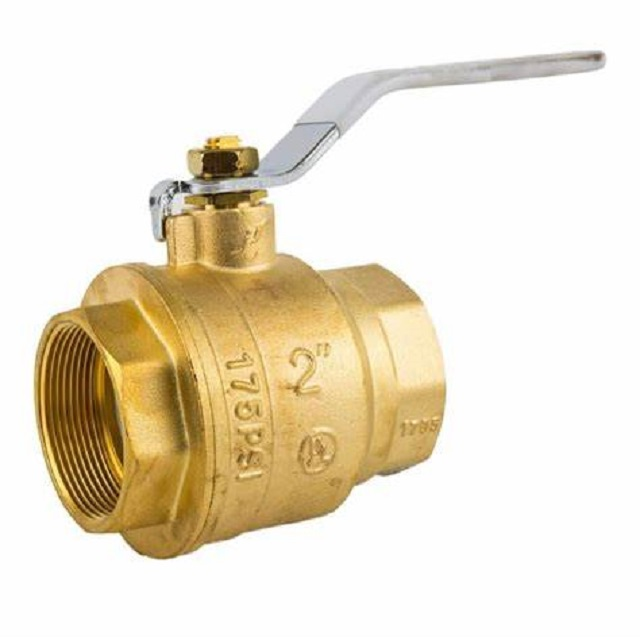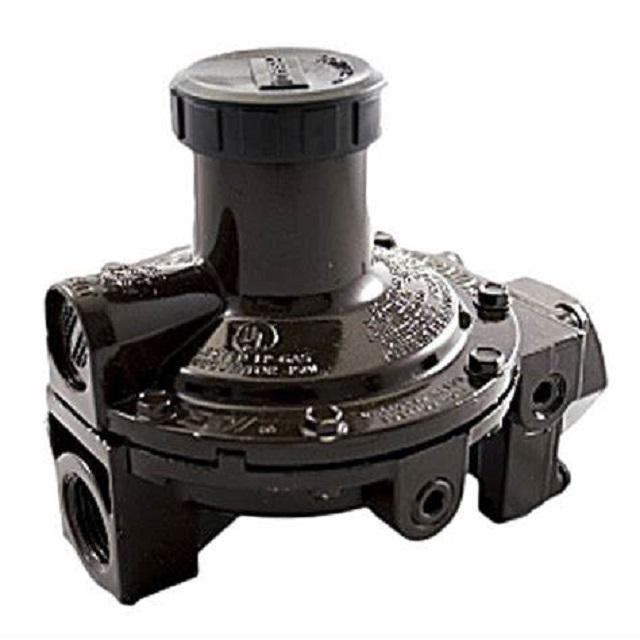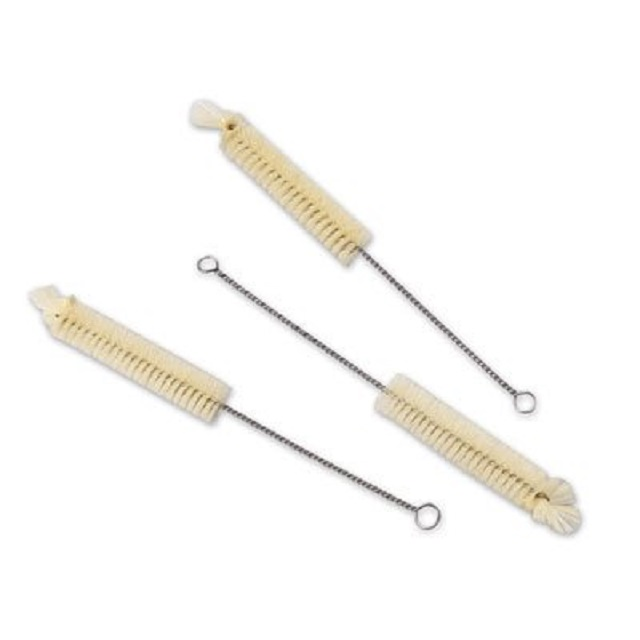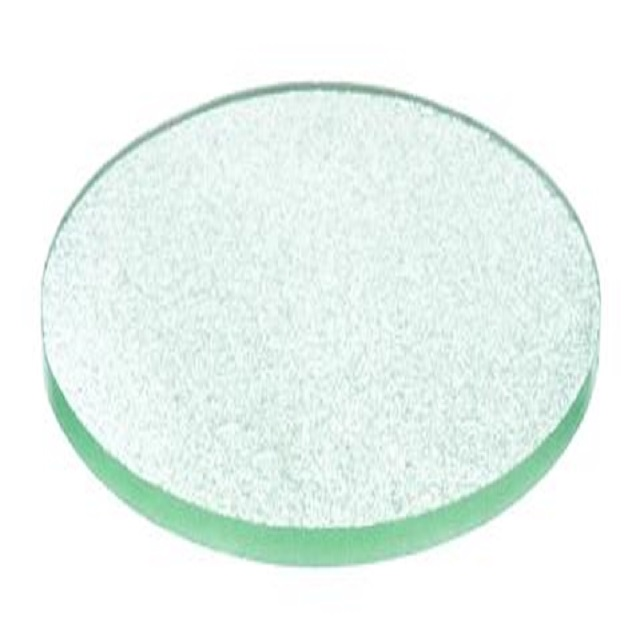
A compass needle is a crucial part of a compass. It aligns itself with Earth’s magnetic field, pointing toward the top of the field, which corresponds to the planet’s magnetic North Pole. Here’s how it works:
Magnetism: All magnets have two poles: a north pole and a south pole. The north pole of one magnet is attracted to the south pole of another magnet. Earth itself acts as a magnet, interacting with other magnets in this way.
Compass Alignment: The small magnetic pin in a compass is suspended so that it can spin freely inside its casing. Due to Earth’s magnetism, the north end of the compass magnet aligns with the planet’s magnetic field, pointing north.
True North vs. Magnetic North: It’s essential to note that the magnetic North Pole is not the same as true north (Earth’s geographic North Pole). The magnetic North Pole lies about 1,000 miles south of true north, in Canada. Additionally, the magnetic North Pole isn’t stationary; it shifts over time due to changes in Earth’s magnetic field.
Declination: The angle between true north and the north heading on a compass is called declination. Local disturbances in Earth’s magnetic field can cause a compass needle to deviate from both geographic and magnetic north.
No review given yet!
 Free shipping on all orders over UGX 1 Millon
Free shipping on all orders over UGX 1 Millon
 Safe & Secure Online Payment Solutions or cash on Delivery
Safe & Secure Online Payment Solutions or cash on Delivery
 7 Days Return Policy
7 Days Return Policy
 Authentic Products with MONEY BACK GUARANTEE 100% money back guarantee
Authentic Products with MONEY BACK GUARANTEE 100% money back guarantee




